Excavators are one of the most important engineering machinery equipment in engineering construction. They go up mountains and down the country, quarry stones, dig ditches, and dig canals.
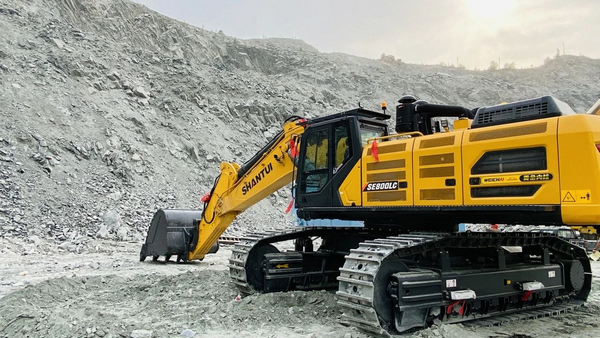
The working environment of excavators is harsh, and the use and maintenance of chassis parts are crucial. Based on many years of experience in excavator service, the editor shares tips on the use and maintenance of chassis parts with all excavators from the following parts:
1. Tips on the use of chassis parts
Crawler track link
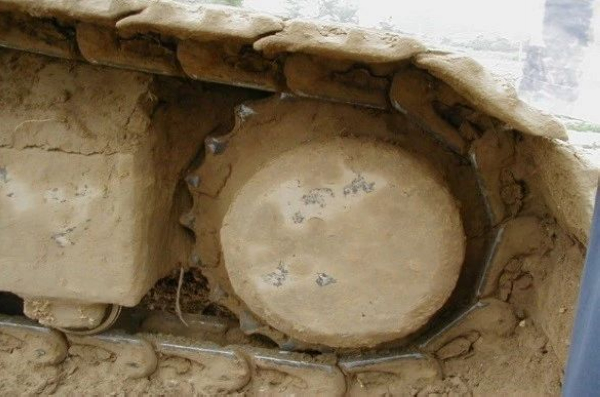
The excavator walks on crawlers, and the traction of the motor is very large when walking. Since each section of the crawler track link has a certain length and the drive wheel is in the shape of a gear, there will be a polygonal effect when walking (when the entire crawler plate is parallel to the ground, the driving radius is small, and when one side of the crawler plate is in contact with the ground, the driving radius is large, causing the excavator to walk at an inconsistent speed), which will cause vibration. When the operation is improper, the road surface is uneven, the tension changes, and there are a lot of foreign objects such as mud, sand and stones on the track chain, walking will cause the track chain to resonate, resulting in the track chain jumping phenomenon, accompanied by sound; in severe cases, it will accelerate the wear of the chassis parts and cause the track to derail.
Road rollers, tracks and guards, drive
wheels, drag chain wheels
[Road roller and chain wear]
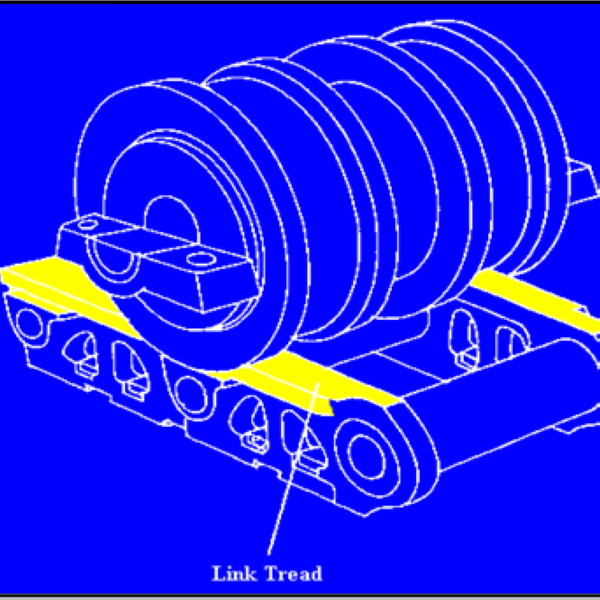
[Track plate and ground wear]
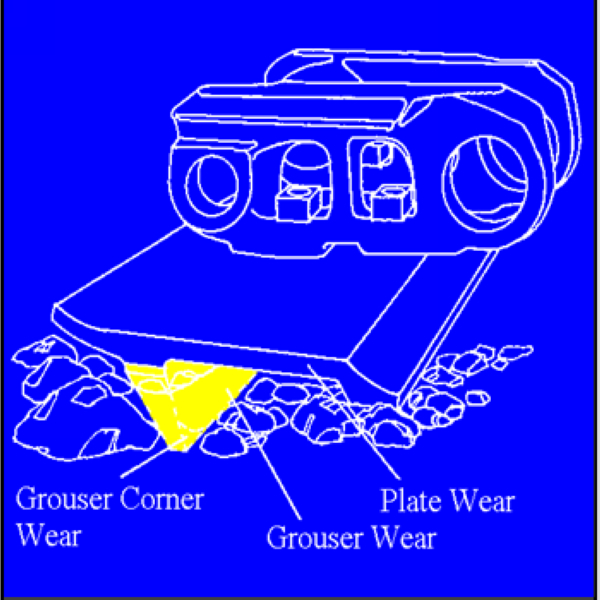
[Drive wheel wear]
The materials of the excavator's track rollers, tracks and guards, drive
wheels, and carrier wheels are alloy steel with added wear-resistant materials.
Although there is a heat-treated protective film on the metal surface, if the
operation is improper, the track tension is not appropriate, or there are
foreign objects, any metal protective film will be worn off, and eventually
accelerate the wear of the track rollers, tracks and guards, drive wheels, and
carrier wheels.
Floating oil seal
The excavator travel motor and reducer, supporting roller, and sprocket need
gear oil for lubrication. The floating oil seal of the travel motor and
reducer, supporting roller, and sprocket is a kind of non-contact seal, which
is used to prevent oil leakage. Under normal circumstances, there will be no
oil leakage. However, when there is too much accumulation of foreign matter
such as mud, sand, and stone from the outside, it will enter the oil seal and
cause damage to the oil seal, resulting in oil leakage; the long-term travel of
the excavator will cause the oil temperature to rise, the floating oil seal
will age, and eventually oil leakage will occur.
Guide wheel and tensioning cylinder
The guide wheel and tensioning cylinder assembly of the excavator is a device
to maintain the standard tension of the crawler; the tension varies with the
working conditions and foreign matter in the chassis. In order to maintain the
standard tension, it is necessary to check and adjust regularly. When there are
foreign matter such as oil, sand, and mud on the surface of the guide wheel and
the tensioning cylinder, they need to be cleaned, otherwise it will cause the
oil seal to fail and leak.
2. Tips on chassis maintenance
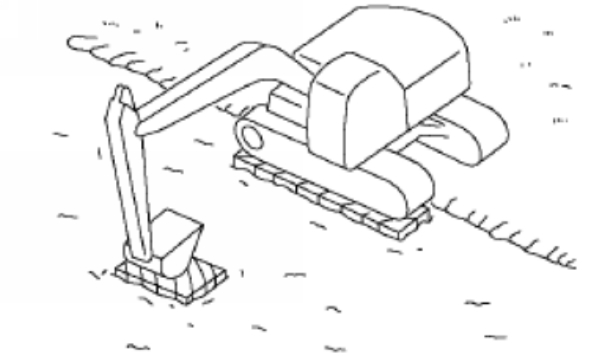
① Before the end of work every day, raise
the crawler of the excavator on one side 30cm off the ground, walk at high
speed and repeatedly run forward and backward to raise the crawler on the side,
and vibrate to loosen or fall off foreign objects.
② Check the chassis regularly, and clean it when there
are too many foreign objects on the chassis, abnormal operation or every 250
hours to extend the service life of the chassis.
③ Wear goggles and safety helmets when cleaning foreign
objects, and keep a safe distance to prevent injuries caused by splashing
gravel, mud and sand.
Note: When foreign objects cannot be removed by vibration, auxiliary tools such as drill rods or screwdrivers can be used to peel them off; if necessary, use cleaning equipment to clean foreign objects from chassis parts. If there are abnormalities in the chassis parts and there is no effect after cleaning, please contact the dealer for processing.
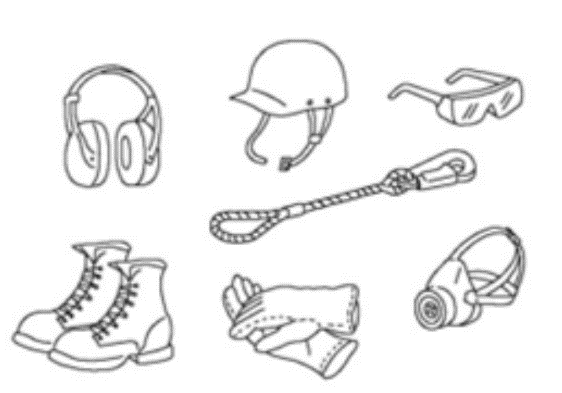
Finally, please pay attention to the operation and maintenance of the excavator, and do a good job in the use and maintenance of the chassis parts.
1. Avoid sharp turns, turning with a
supporting vehicle, and driving at high speed on rough roads;
2. Avoid driving the excavator for a long time;
3. Check whether the chassis parts are abnormal before work every day, and deal
with them in time if there are any abnormalities;
4. Check the track tension before work every day, and adjust it to the
specified standard according to the "Driver's Manual";
5. Clean foreign objects on the chassis parts after work every day to prevent
excessive wear and oil leakage of the chassis parts.












